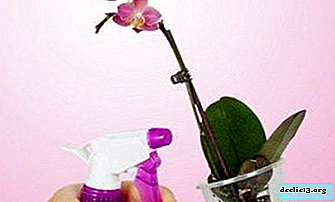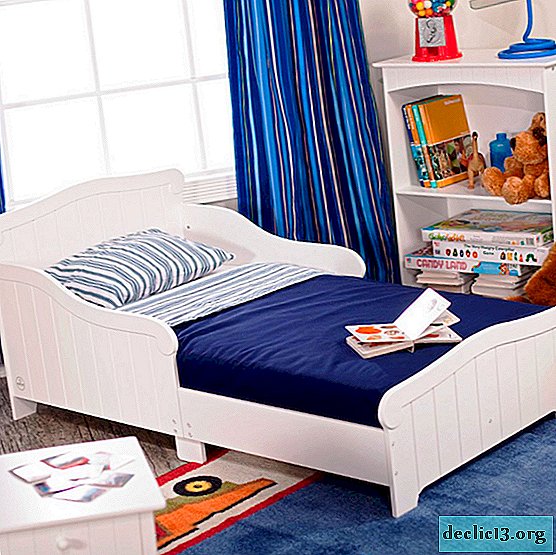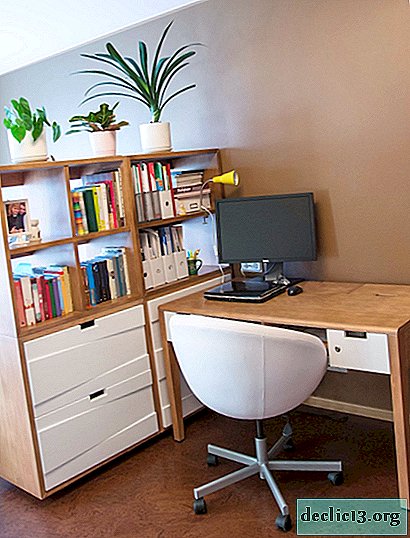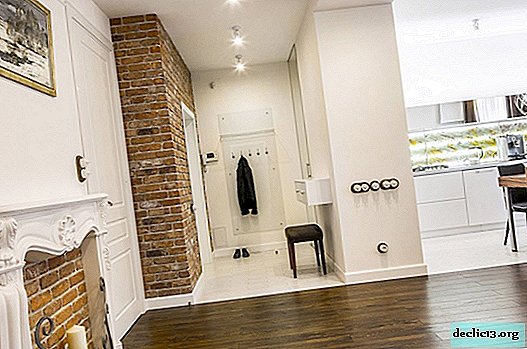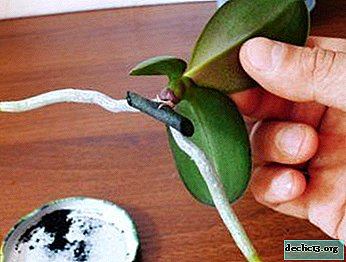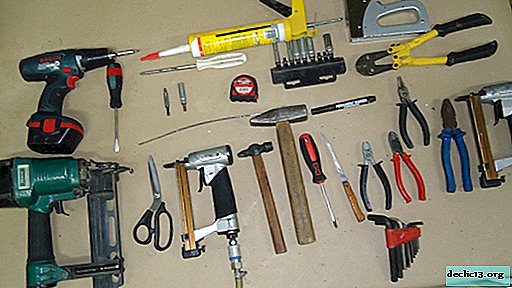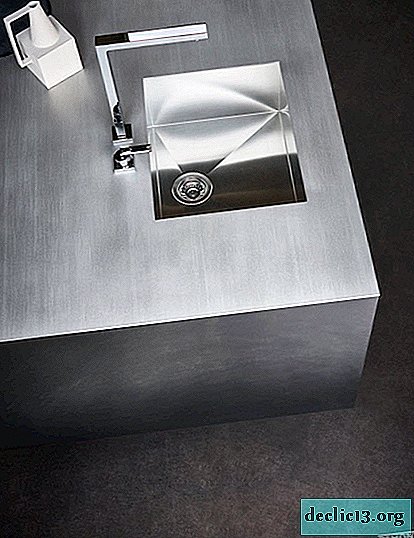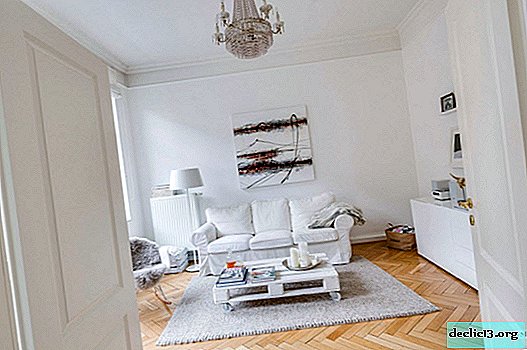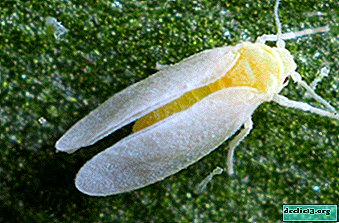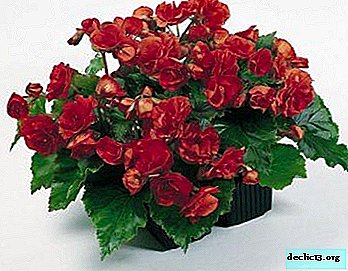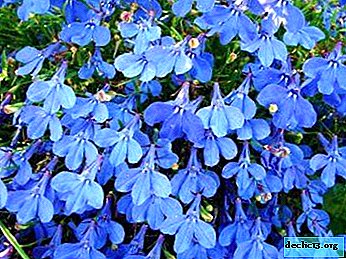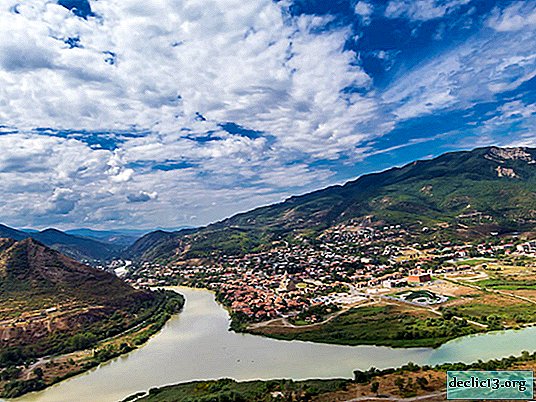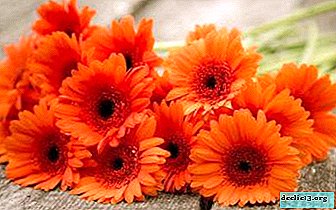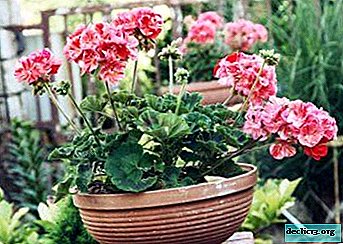Types of decorative plaster
Every year new materials appear on the construction market, technologists improve and new constructive solutions appear. Despite this, the old trends have not gone out of fashion, proving their perspective and relevance.
Decorative plaster is a reliable and durable wall covering. Decorative plaster is able to instantly transform the wall and accurately emphasize the design idea creating the necessary background in the room.
How exactly is decorative plaster used in the interior? Good and high-quality plaster is a heterogeneous mass that does not have a specific composition. Decorative plaster allows the walls to take shape and even lay out various shapes from it that will fit well with your interior. Due to the fact that there are various types of decorative plasters, it is possible to carry out work of varying complexity, for example, warming a room or leveling walls.
Types of decorative plaster composition:
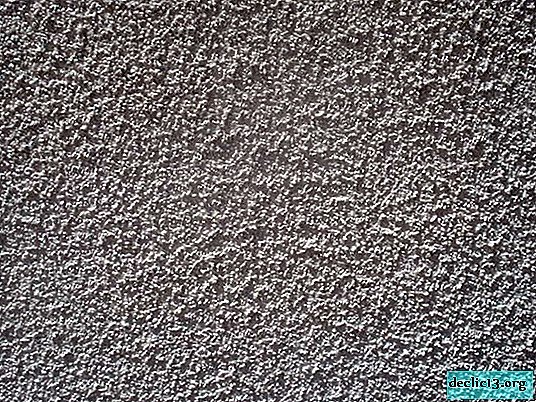



- Acrylic or as it is also called polymer. Of the advantages, one can distinguish: plasticity, resistance to moisture and aggressive environments, strength and durability. Of the minuses - low vapor permeability.
- Mineral - considered the most environmentally friendly, not afraid of moisture. Popular because of its low cost.
- Silicate plaster is resistant to fungus and has water repellent properties. It is worth noting its fire safety and durability (over 60 years!). The cost is considered the most expensive.
- Silicone - does not attract dust and is resistant to ultraviolet. It is capable of self-cleaning in its structural properties. Easy to use.

Types of decorative plaster by decorative qualities
Structural
The finished mixture interspersed with larger particles. The most popular species is the bark beetle, which imitates the bark of a tree.

Textured
Most often takes the form of natural stone. The modern variety is the Grafito system, which allows you to create the texture of wood, leather, silk fabric or even velvet. It can take any surface as a basis: plastic, concrete, wood, brick ...

Marble chips
The basis includes granite and marble granulate. Due to this, it has an extremely high degree of strength, is frost-resistant and does not fade in the sun. It is more often used for exterior decoration than for interior decoration.
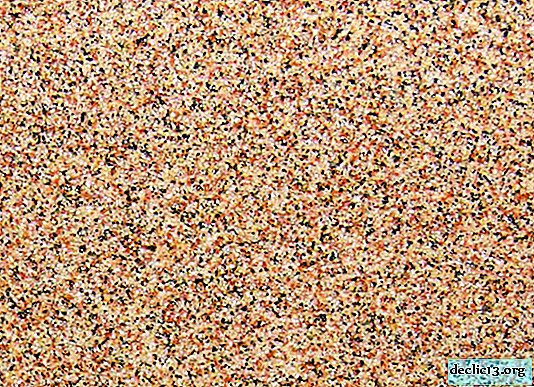
Flock
Contains natural cellulose with the addition of mineral dyes, fillers and silk fiber. Textile look similar to fabric. It has sound and heat insulating properties.

Venetian plaster
He is a leader in wall art. Outwardly similar to translucent onyx or expensive marble. Gives the effect of radiation from the inside. Apply this plaster and create an artistic look is only capable of an experienced master.
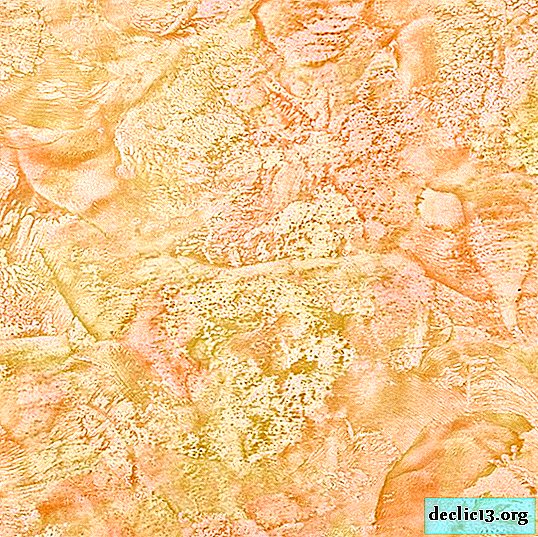
Such a rich variety allows you to choose the most suitable material for a certain finishing work. Do not forget that for each individual type of decorative plaster an individual way of preparing the surface is suitable. A certain texture obtained after applying the plaster is achieved in various ways. For example, to obtain a porous surface, the mixture is filled with a large amount of oxygen, and sand or small stones are used to obtain an unusual relief. Wall decoration with decorative plaster saturates the room with colors and textures.
What are the features of decorative plaster:
- Pleasant to the eye structure;
- Affordable price;
- Color combination;
- Easy maintenance (cleaning, cleaning).
Masters who use different technological methods, using special tools, can create a beautiful external surface background, for example, such as decorative volumetric paintings. For such very complex and creative works, a special plaster is needed, which should have the necessary properties:
- Resistance to climate change;
- Resistance to pollution;
- Resistance to fire.
Decorative plaster is used for insulation and decoration of facades, and most interestingly, some types of decorative plaster are used for both external and internal works. If we compare the Venetian plaster and decorative, then we can note the important fact that decorative plaster is applied to any surface while concealing defects. Wall decoration with decorative plaster can turn into a work of art, because there are many variations of application to the surface. Using the same material you can get completely different effects. As for the type of surface, the surface of the walls can be matte or glossy, textured or embossed.






